Parallel universes are happening right now on Everest—trekking to base camp, building base camp, and putting in the climbing route.
On the Nepal side, many climbers and trekkers are well into their six- to eight-day journey, taking in the sights and changing their lives as they experience the grace and beauty of the Khumbu. Meanwhile, Sherpas are building tent platforms at Everest Base Camp and preparing their team’s base camp for the next few months. But for our Nepal climbers, most of the action is still thousands of feet lower as they trek through the Khumbu.
Mountain Prep On Schedule
The Icefall Doctors are working hard on the mountain to put the route into Camp 2 in the Western Cwm. They are already past the Football Field at the Khumbu Icefall. They report the route through the Icefall is “good,” but they always say that each year. Let’s wait for the first experienced Sherpa or guide to go through for a report. I expect the route to Camp 2 next week at the latest. Most climbers won’t arrive at EBC until April 15, and many teams will be acclimatizing on Lobuche East, nearly 20,000 feet, to eliminate one trip through the Icefall.
Nothing big is happening yet on the Tibet side. Usually, climbers arrive at Base Camp on that side after April 15th, so it’s time to be patient. Again, no commercial team is climbing Everest from either side quite yet. Look for the first teams to enter the Icefall after April 10th. And those climbing
The volunteer Doctors who will staff Everest ER on the Nepal side have set up their “ER Tent” and are already treating patients for minor problems like upper respiratory infections, cuts and sprains. The more serious problem will begin once people reach a serious altitude, i.e., above 20,000 feet, but altitude can hit anyone anytime. This organization provides a great service to the locals, including porters, Sherpas, and foreign climbers, who are asked to pay a nominal fee of $125 for the season—quite the bargain for a qualified and quality service.
The Nepal Ministry of Tourism has issued eighty-six Everest permits across seven teams. It’s very early, and much more will come.
The other 8000ers
On Annapurna, Seven Summits Treks are responsible for putting in the fixed lines report all is well and their summit plans:
The Sherpa team and the members are working hard to reach the summit of Mt. Annapurna I. This season, we have 15 climbing members for Annapurna I. Recently, we’ve completed the rotation up to Camp 2, and the fixing team is planning to proceed tomorrow to fix the remaining section from Camp II towards the summit. If everything goes according to plan, we are aiming for the summit push in the third week of April.
DHAULAGIRI SPRING 2024 EXPEDITION UPDATE: BASE CAMP ESTABLISHED, CAMP II REACHED, AND ROTATIONS UNDERWAY!
BASE CAMP & CAMP II SETUP:We have established our Base Camp amidst the awe-inspiring landscape. From there, our teams pressed on, reaching Camp II, a crucial milestone in our ascent. With both Base Camp and Camp II now securely set up, we’re ready to tackle the challenges that lie ahead.FIXED LINES:Fixed lines have been laid up to Camp II, paving the way for smoother progress. But we’re not stopping there. Soon, these lines will extend all the way up to Camp III and Camp IV, providing vital support as we push towards the summit. Every step forward brings us closer to our ultimate goal.ROTATIONS:Our climbers have begun their rotations, ascending and descending in strategic intervals to acclimatize and familiarize themselves with the terrain. These rotations are essential for building strength, resilience, ensuring we’re prepared for the challenges ahead.
But for now, it is all about the trek.
Welcome to the Khumbu
As you step off the plane in Lukla, you begin day one of many, when you simply stop in your tracks and stare. The trek to Everest Base Camp (EBC) has begun in earnest.
After a simple breakfast at one of the local lodges, you put on your day pack, which holds an extra jacket, hat, and gloves plus water and a snack that you won’t eat. The trail is wide and worn—really just simple dirt.
As you leave Lukla, you are greeted by a series of stupas, chortens, and mani stones, all hand-built some decades, perhaps centuries, ago. According to Buddhist doctrine, you should always go around them on the left side, the clockwise direction in which the earth and the universe revolve.
The inscription carved into the rocks is “Om mani padme hum,” which is explained by H.H. Tenzin Gyatso, 14th Dalai Lama, as “… the six syllables, om mani padme hum, mean that in dependence on the practice of a path which is an indivisible union of method and wisdom, you can transform your impure body, speech, and mind into the pure exalted body, speech, and mind of a Buddha[…]”
Downhill
The trail drops gently downhill. Hmm, you think. Does this mean I have to go uphill at some point, especially on the way back? It’s a curious thought for someone going to climb Mt. Everest! But soon, the trail picks back up and winds through narrow terrain, with the Dhudi Kosi River to your left and the ever-higher peaks of the Himalayan on your right. Your destination is the small village of Phakding, about 8km/5 miles away.
You get into a comfortable pace, knowing you are now around 9,000 feet/2,743 meters. The conversation starts strong but stalls as everyone gets into their own thoughts. Today is not about making good time but getting into the rhythm of the Khumbu. Soon, a porter with your duffle bags passes you. Actually, he has three duffle bags on his back—a double load, so he’ll make double the money today.
This view will amaze you every time you see it. How young the porters are, their Chinese canvas shoes, how their body seems small and fragile, yet the load is so big and the web that drapes around their forehead, a tumpline, that helps carry the load. You promise yourself that you will seek out your porter and give him a tip.
The constant roar of the rushing river keeps you company. Today, the sun is out and it feels hot. Now you wish you had followed the lead of the guides who are wearing shorts. Who knew?
After about three hours, you arrive on the trek for your first night at a small Phakding lodge. Sitting on the outdoor concrete patio for a moment, you feel like you are back home with the plastic chairs and picnic tables, but then the loud clanging of bells disturb the moment as several Dzos pass by loaded with more duffles and, of course, some hay for themselves.
Mo Mo’s in Phakding
The first-night dinner is a Khumbu standard: Mo Mo’s. You go to bed that night feeling a bit tired; the jet lag is still taking a toll, but you are on the trek and taking it all in. Tomorrow is the Namche Hill!
You wake up at 7, and you feel more human today. Breakfast is a fried egg and toast plus coffee. It tastes good. It’s April 3, and the air is still cold, perhaps around freezing this morning, so you put on your down jacket, gloves, and cap as you step onto the trail. Today is a big day. You enter Sagarmatha National Park, home of Mount Everest, and sleep tonight in Namche Bazaar.
This next section of the trail is outside the park, so many villages are along the way. One of the most meaningful times is when the children of the Khumbu walk to school or just hang out. They smile so easily, laugh hard and seem happy just playing with sticks. Yet you know their parents want the same thing all parents do: a better life for their children. So they go to school to learn to read and write. Some attend boarding school in Kathmandu if their parents can afford it. And this is why they have tea houses, trekking guides, and even work as mountain guides on Everest.
The trail is steadily up now because you are going from Phakding at 2,610-meters/8,562-feet to 3440-meters/11,286-feet in Namche. The trek should take about six hours, but you know what’s ahead. The trail to Monjo and entering the Sagarmatha National Park is a sensory delight. The kids, colorful buildings, the clanging of bells, prayer flags – yes, this is what you were told you would experience, and it’s alive, right before your eyes.
Sagarmatha National Park
Entering the park is easy. However, an ever-increasing trend in Khumbu is the use of toll booths. Twenty years ago, you paid one fee, and that was it; today, it seems every border and village has their hand out. You wonder how much goes to the people or the bureaucrats in Kathmandu. No matter, you pay and take a long set of rock steps towards the Dhudi Kosi. You cross yet another swinging bridge adorned with prayer flags near the bottom of the steps. But this time, you look behind you.
An amazing tree is in full bloom, filling the vista with bright purple and white blooms. It’s spring in the Himalayas! Continuing by the river, the next sight is two swinging bridges – old and new. And beyond that is the Namche Hill. Now, gaining elevation again, you reach the start of the new bridge–a bit higher than the old one. Pausing, one of the Sherpas, explains that the old Namche Hill was much worse. He points upriver to a hillside so steep you wonder how trees hold on.
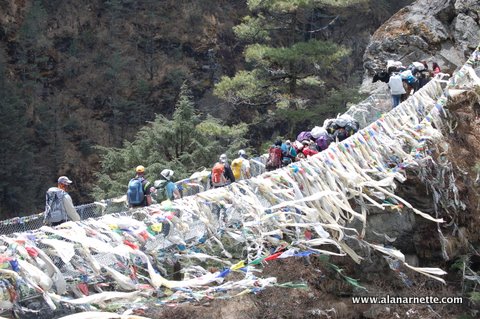
Crossing the bridge wakes up any malaise that might have been developing in your body. The wind is strong. The prayer flags flow horizontally in the air as the bridge gently rocks under the weight of its passengers. At the other end, once again, you pause to take it all in—the river, the bridge, the mountains, the chill in the air. You are in the Khumbu.
Namche Hill
Turning the corner, the dirt trail—well, the dirt trail simply goes up—the beginning of the Namche Hill. You are in a forest. Tall trees line the trail, blocking the view of nearby snow-covered mountains. All of a sudden, you pause, not to stare but to breathe. So far, it’s not been that hard, but now you are walking uphill at nearly 3,048 meters/10,000 feet. You trained back home, but in hindsight, well …
Someone on your team makes a comment, “Hey, it’s only another two hours.” You slow down. From now on, it’s one foot in front of the other. Control your breathing. Stay focused. A series of switchbacks define the trail—a few rocky sections and dodging Dzos, mules and the occasional horse. Oh, the ever-present porters hauling trekker and climber’s gear to Namche and supplies to the next village.
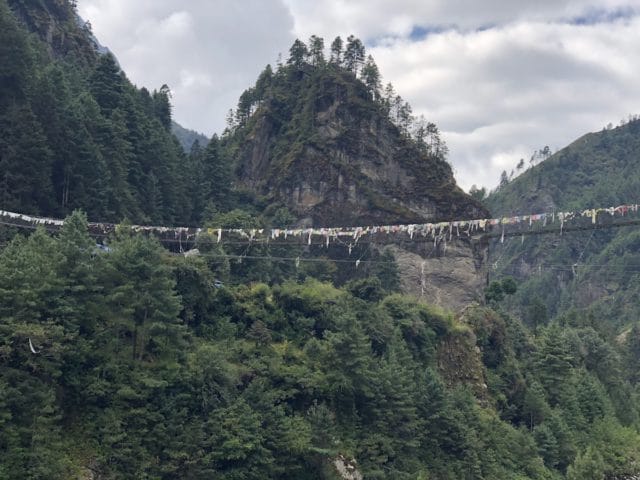
Everest!
At a random spot on the death march, some call out – “Hey it’s Everest!” You step to the right side of the trail and peep through a clearing in the trees. Sure enough, your first view of Everest in Nepal. It’s huge, even from almost 40 miles away. You can easily see the huge, long white plume off the summit – high winds from the jet stream create condensation that looks like a cloud. Today is definitely not a summit day. The winds are probably close to 321 kph/200 mph.
Taking advantage of the break, you sit down on a big rock. You are probably not the first or last person to do this. You finish up the last liter of water. You knew you should have packed two, but the days seemed so short—another lesson.
The team snakes along, steadily gaining altitude when the trails flatten. Ah, finally, we’re here, you think, only to be tricked when it continues to gain elevation. Step by step, you move along. The conversation is non-existent. What is there to say, “So, do you have a favorite football team?” No, you will not waste your breath on small talk now.
Another corner, and now a building. Hmm, another checkpoint. This is starting to feel like something out of the Cold War. The guide handles it all as you sit heavily on another convenient rock. Your face is covered with salty sweat. You need water. Another few turns and you leave the trees. Then a welcome sight unfolds before your eyes: Namache.
This is a video I made in 2018, trekking into Namache and climbing Island Peak with Kami.
Namche
Built-in a natural amphitheater, Namche Bazaar has grown over time to be the hub of tourism in Khumbu. Once the home of a few teahouses, it has bars, hotels, discos, coffee, and gear shops today. Basically, you can get your haircut, buy climbing boots or a down sleeping bag, hire a guide, porter, a yak or helicopter – literally anything you would ever want.
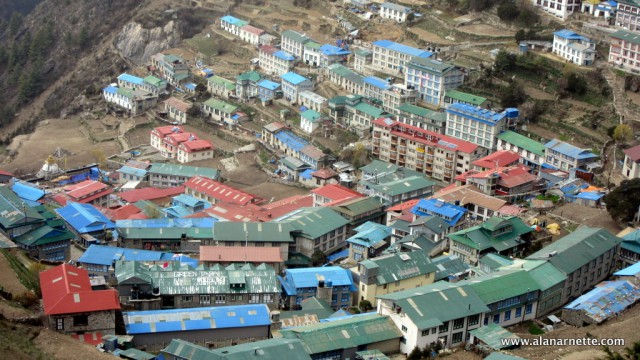
The dirt streets are lined with rocks to keep the running water behaved. But the occasional Dzo clears the streets, and for the first time, you see a yak – they are huge, furry and plodding, seemingly oblivious to their surroundings. Some are loaded with gear; others are just being moved. They don’t seem to mind – both literally and figuratively. You will see more of these beasts as they live above Namche and not lower.
Now you do stop and stare. What an oasis. What a community. What a sight. Welcome to Namche, home for the next two days.
Yaks in Namache:
Namche Today
Yesterday was a big day, but in hindsight, the Namche Hill was nothing more than a hill! That said, today is commonly called an “active rest day.” You will have many of these unless you are really sick because it’s best to spend a few hours each day doing something to keep the cardiovascular system going and muscles loose.
Namche has all sorts of luxuries – a lot has changed over the years. A private bedroom with an “en-suite” bathroom, shower, and even electric blankets for your bed is now available. Oh, and yes, hot water! The Internet is always available. In many ways, Namche offers a better level of service than Kathmandu.
 The village has amazing coffee shops with every combination of coffee drinks you can think of, some of which Starbucks has never imagined. Many have banks of power outlets to charge your phone and satellite TV with the soccer or football game on.
The village has amazing coffee shops with every combination of coffee drinks you can think of, some of which Starbucks has never imagined. Many have banks of power outlets to charge your phone and satellite TV with the soccer or football game on.
You won’t admit it, but you visited many of these establishments yesterday, even after complaining about Namche Hill. Yes, Namche has entered the 22nd Century.
But to avoid giving the wrong impression, many rooms are available for reasonable prices—without electric blankets!
Morning Wake-Up
The morning starts with the baritone sound of horns and chanting from the monastery in Namche. Now, this is an alarm clock! You have eggs and toast for breakfast, while some on your team opt for porridge. Your guide calls for everyone to be outside the door at 8:30 for a trip to the Everest View Hotel—a classic.
With your daypack on your shoulder, hiking boots on and a light down jacket, you have heard about this day and are anxious to experience it yourself. Leaving the lodge, you take a steep dirt path ever higher that soon offers an amazing panoramic view of Namche. To think this has been built by hand deserves admiration for the strength and skills of these people.
Suddenly, four children under 10 run by you on their way to school. Then you dodge a couple of yaks headed into town. On my, you thought you were in the boonies, but you are actually out of place.
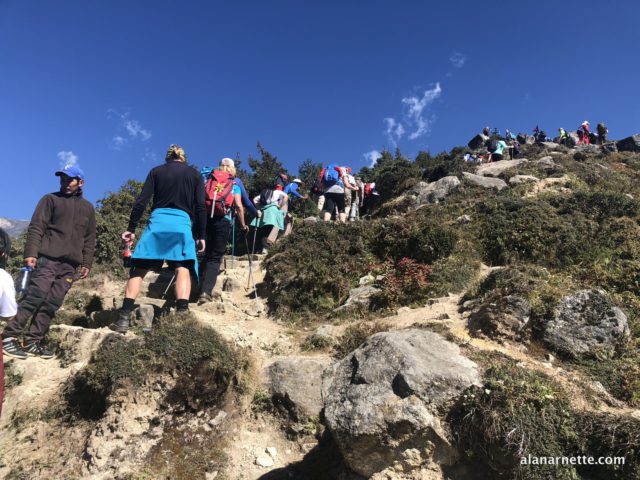
Higher
The path to the Everest View Hotel is steep. OK, now your credibility is shot because every time you go uphill, you call it steep, but this time is different—you swear! The dirt path is filled with climbers and trekkers, all with the same goal—to see Everest, Lhotse, and Nuptse. You join the conga line and relax, enjoying the amazing views surrounding this Himalayan village.
Ever higher, the trail flattens onto what could be described as tundra, but it is really just grass. The trail continues higher, past another lodge that never seems to have any business, and then you turn left, and there it is…
The View
In full view lies Mt. Everest, Lhotse and Nuptse – the horseshoe of mountains that define mountain views. Today, the wind is well-behaved on the summit, with only a slight plume. You have been blessed to have no cloud that would block your view.
You pull out your camera and take at least 10, no 20, well, OK, 30 shots, hoping at least one will capture this moment. You came as a trekker to see the highest peak on earth, unobstructed, in full view. As a climber, you pause, stare and step aside momentarily. Yes, she is high. Yes, she is windy. Yes, she is more than you ever imagined back home. And yes, this is your goal … if you are up to it.
Oxygen Included
The team continues their trek to the Everest View Hotel. Built for the Japanese in 1971, it’s perched on a ridge at 3880 meters/12,730 feet. Initially, it was popular to take a helicopter to the hotel and spend a few nights in the rarified air, but there was one problem: the guests got very sick due to the altitude. Today, there is supplemental oxygen in each of the 12 rooms, and of course, electric blankets and Wi-Fi!
Your team meanders along the dirt trail, tripping over the smallest rock because Ama Dablam and more capture their view. Soon, the hotel will come into view, about an hour from your lodge in Namche. You climb the steps to the hotel lobby and are ushered to the verandah, where your objective lies in wait.
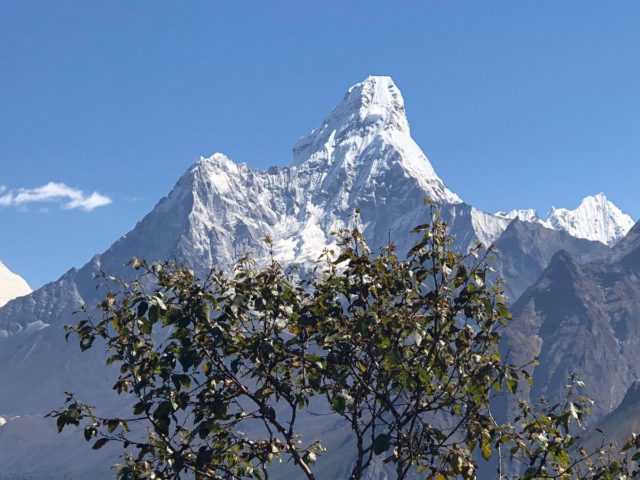
The View of All Views
Stepping through the doors and onto the patio, once again, it’s sensory overload in the Himalayas. Your gaze is laser-focused on the sight to the North: Everest, Lhotse, and Nuptse. Often overlooked are the other peaks, including Thamserku and Tabuche. As a polite waiter approaches you, you maneuver for a seat next to the rock wall at the patio’s edge. “Um, coffee, tea, yes. Anything.” He understands, walking away only to bring your beverage back in a moment.
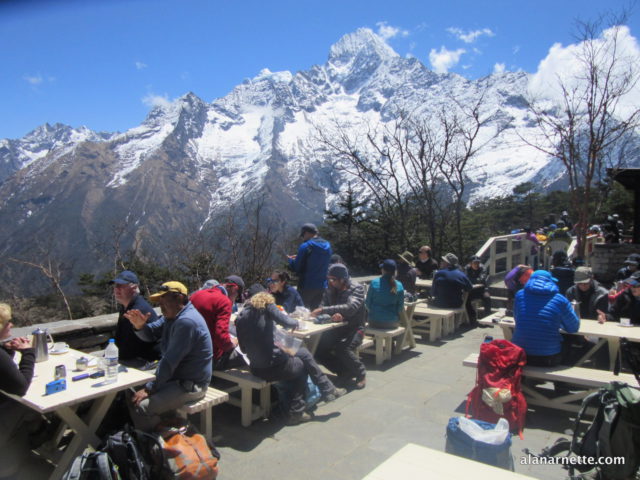
This is a moment in life. For those who have been to the Everest View Hotel often (I’ve been there nine times), you might be jaded with all the people, the “ohs and ahs,” and the sight itself. I hope I never get to the point where a view like this is taken for granted. It’s a gift each time.
Sipping the Nescafé coffee, you lean back in your chair. Your eye traces the skyline of each peak. The climbers look at the summit and wonder. The trekkers look at the summit and wonder.
This is a time of imagination and letting all boundaries go. It’s a time of unlimited what-ifs, of the deep dreams inside and the wonderment of imagination. To edit now is a limitation of the human spirit.
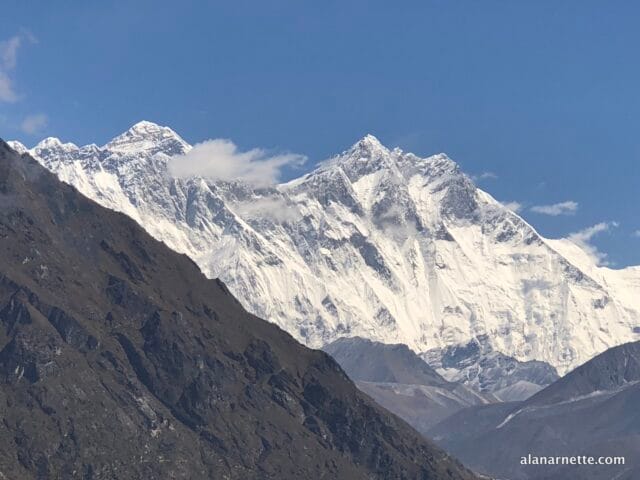
Leaving the hotel, you lose some elevation to the village of Khumjung. There are not a lot of words to describe this experience, so a couple of pictures and a video will tell the story
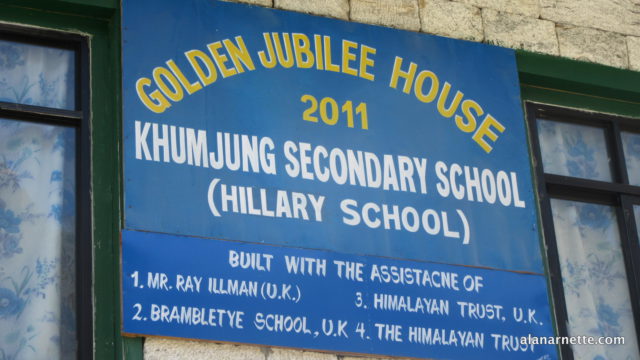
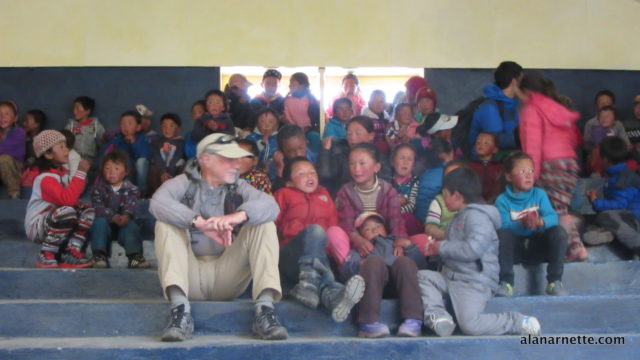
Climb On!
Alan
Memories are Everything
The Podcast on alanarnette.com
You can listen to #everest2024 podcasts on Spotify, Apple Podcast, Breaker, Google Podcasts, Pocket Casts, RadioPublic, Anchor, and more. Just search for “alan arnette” on your favorite podcast platform.
Preparing for Everest is more than Training
If you dream of climbing mountains but are unsure how to start or reach your next level, from a Colorado 14er to Rainier, Everest, or even K2, we can help. Summit Coach is a consulting service that helps aspiring climbers worldwide achieve their goals through a personalized set of consulting services based on Alan Arnette’s 30 years of high-altitude mountain experience and 30 years as a business executive. Please see our prices and services on the Summit Coach website.

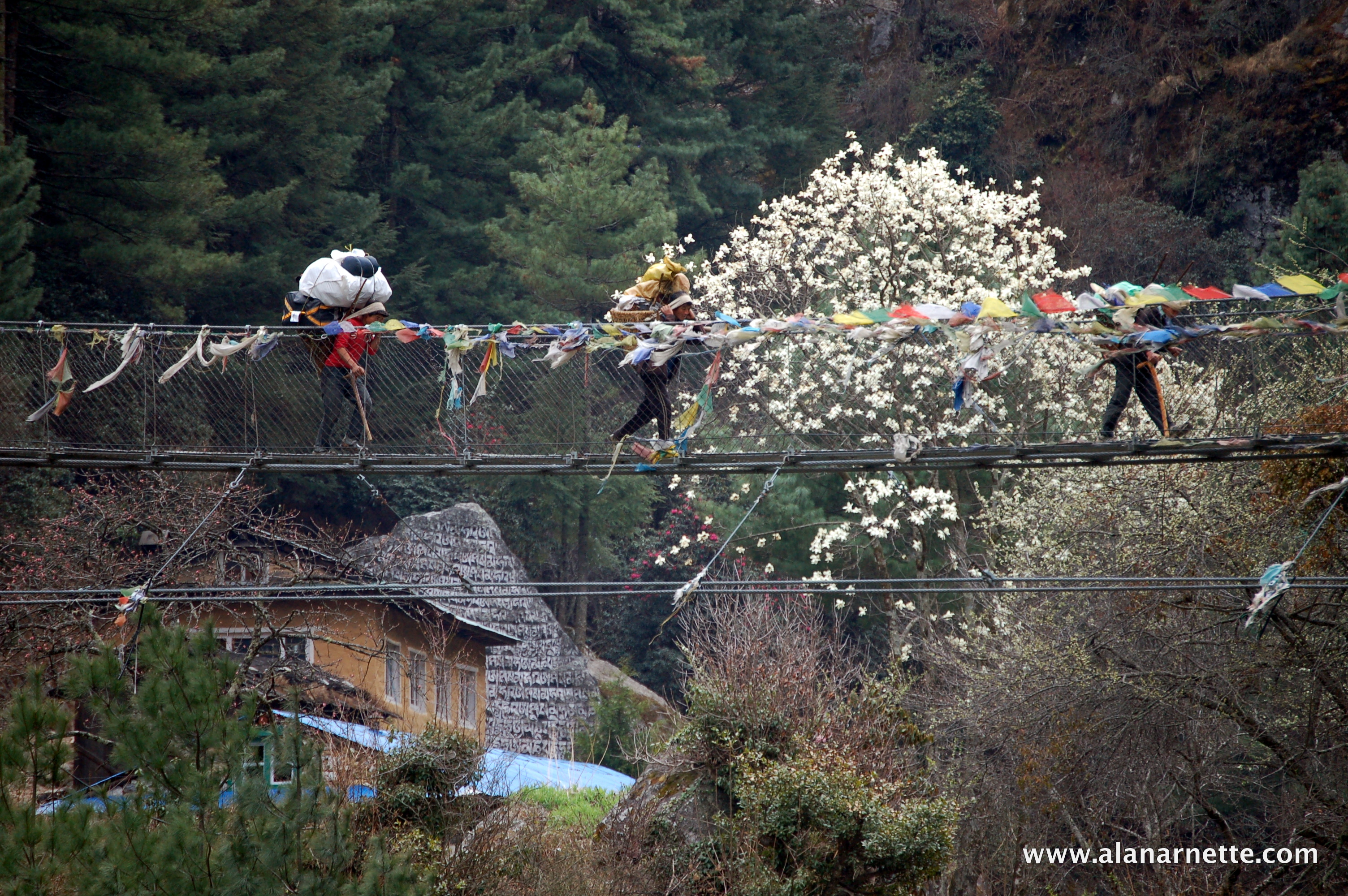
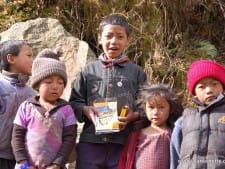
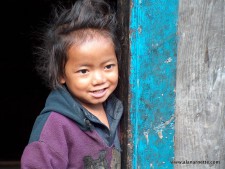
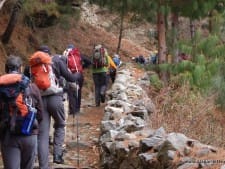
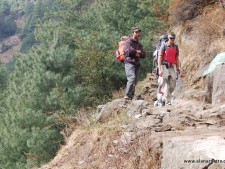
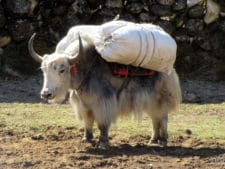
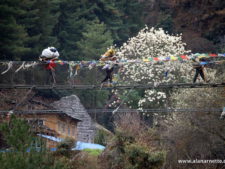
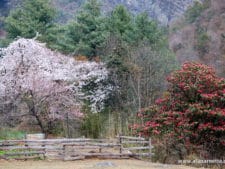
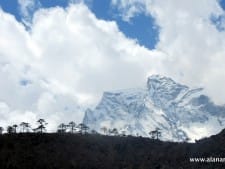
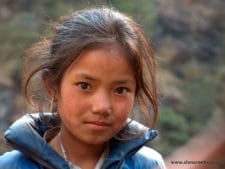


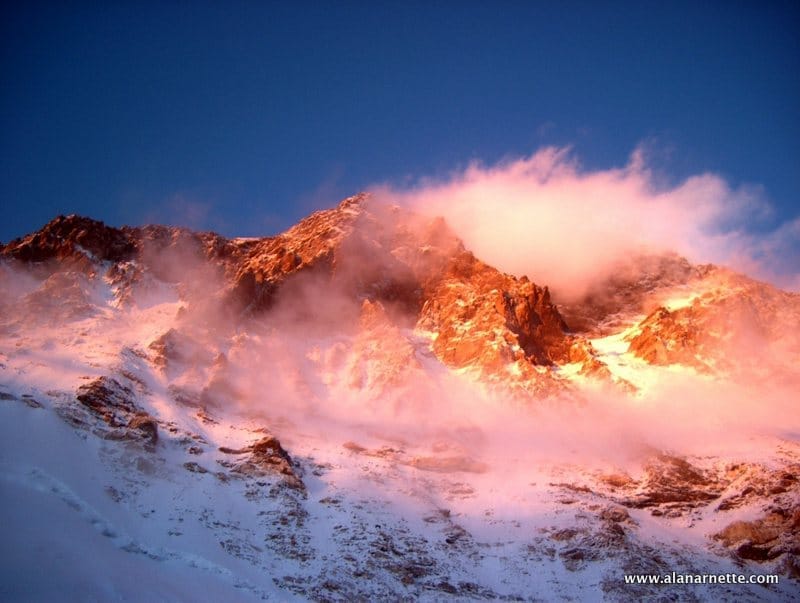
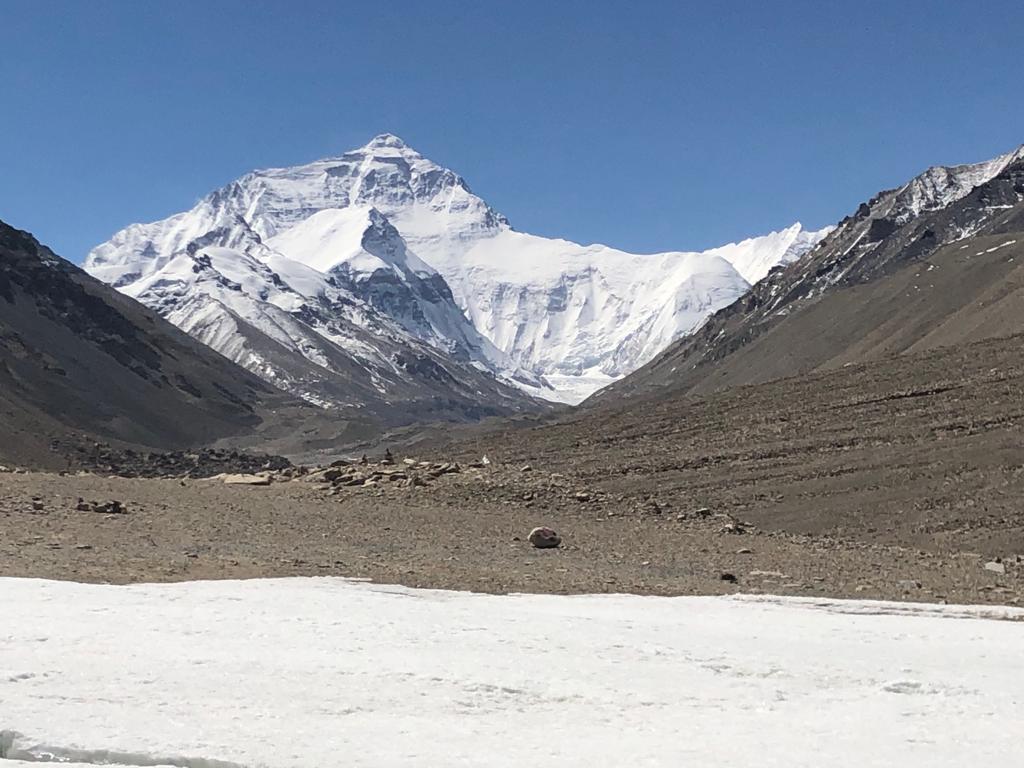
18 thoughts on “Everest 2024: The Namche Hill”
Apart from the birth of my daughters (and my wedding day of course!) that particular ‘rest day’ at Namche was the best day of my life in February 2012. Jaw dropping views, a steep but steady trek up the hill and then the relative luxury of the Everest View Hotel. We had glorious weather as well so the views were magnificent. Spent the afternoon mooching around in Namche – magical place!
I absolutely enjoyed your post about the trek to EBC from Lukla! I am lucky enough to have been to BC on both sides, Tibet with NatGeo in 2003 to commemorate the 50th anniversary of the Hillary/Norgay first ascent and then in 2007 on the same trek you took thru Nepal. Peter Hillary was one of our tour guides in 2003 so I was able to have numerous lengthy conversations with him about his Dad! I feel truly blessed to have had that time with him! And thank you Alan for the wonderful memories your post brought back for me!
Brought back vivid and life-long memories of our EBC, Lobuche and Island Peak trip. Considering a return to the Khumbu and this is just an extra nudge.
Well done. Brought back so many vivid memories. Thank you
Beautiful writing! I trekked to all these locations years ago and your descriptions make me want to pull out my boots and start training again! I’m looking forward to your trek to base camp
Hi Mitch, Thanks for your comment. Time to go back?
Your writing is so descriptive and enjoyable to read. You must write a book.
Very kind, Ann. I have one, just cannot navigate the publishing industry to get it out there!
Love your post…I am a cattle rancher here in North Dakota….40 years ago I would have tried everest
Never too late, Dale! Thanks for your comment.
I love your posts. As soon as I see your post I stop everything and read your post.
Thanks, Carol, very kind of you.
I love reading this piece about trekking from Lukla to Everest View Hotel! And beyond… Oh the memory is vivid from my time there as a trekker to EBC in the spring of 2018. One of the most extraordinary experiences I’ve ever had and ever since, I really enjoy reading your blog and live updates as the season approaches. Its amazing to me that I can still feel, taste and breath all that I once lived on that magnificent trek. I remain in awe of those who haul them selves up to the summit. And back again. Thanks Alan for annually helping me to relive so much joy! ~ Galen
Thanks for your comment,Galen. I’m pleased it brought back such good memories.
Reliving our trek in 2015 through your writings. I remember looking at AMA Dablam and thinking it was an impossible climb.
I had the same experience in 1997 and then summited AD in 2000 whereupon I saw Everest from a new vantage point and began to seriously consider it. Thanks for your comment, Joe.
I’ve been following your posts for a few years now. I usually get excited towards the end of March because I look forward to your stories and descriptions so much. Every evening I check to see if you have any news – and I do so from Germany, Bavaria to be precise. Thank you so much Alan
Vielen Dank, Astrid. I’m pleased you get joy from my post. This encourages me to do more.
Comments are closed.